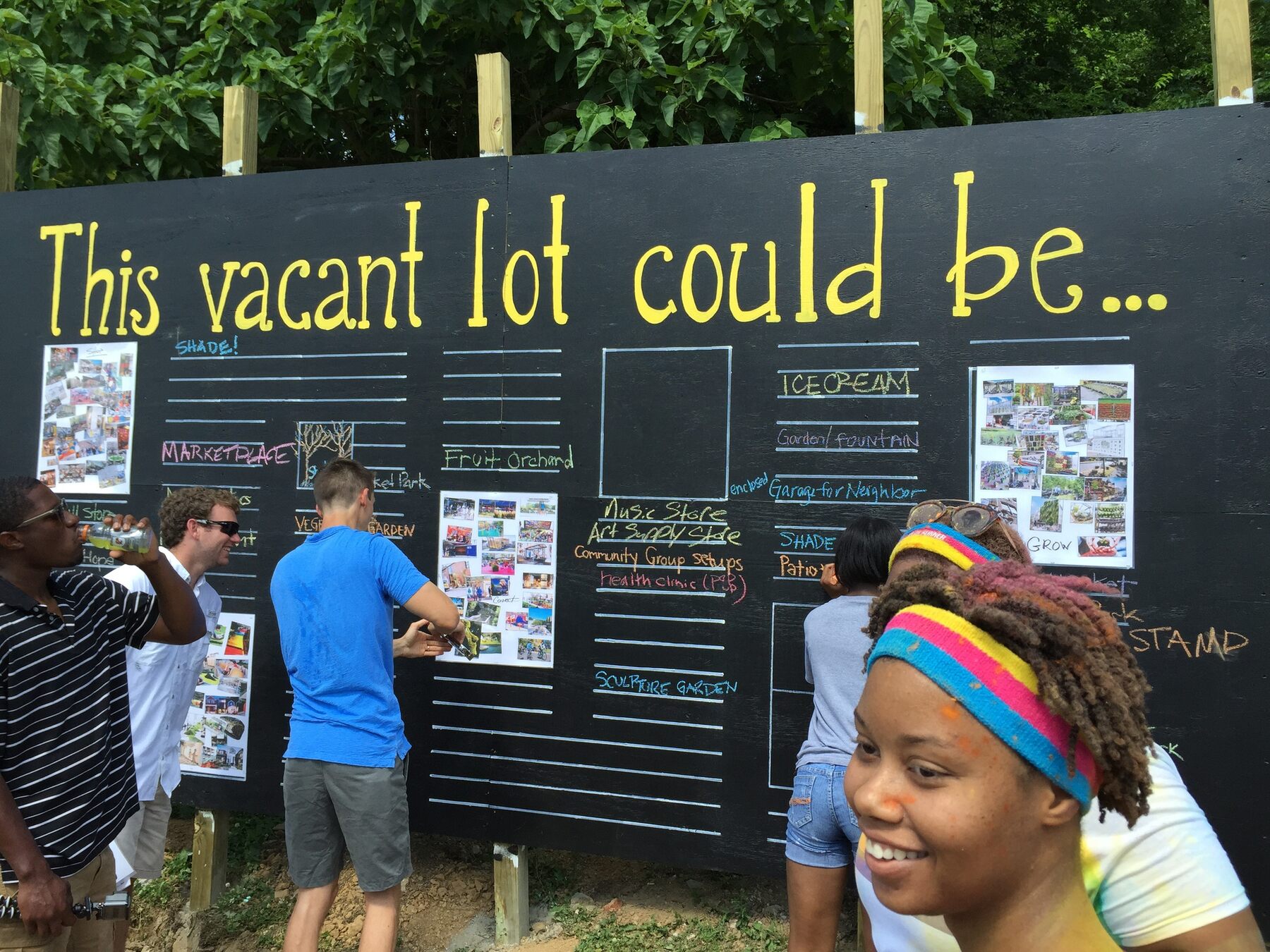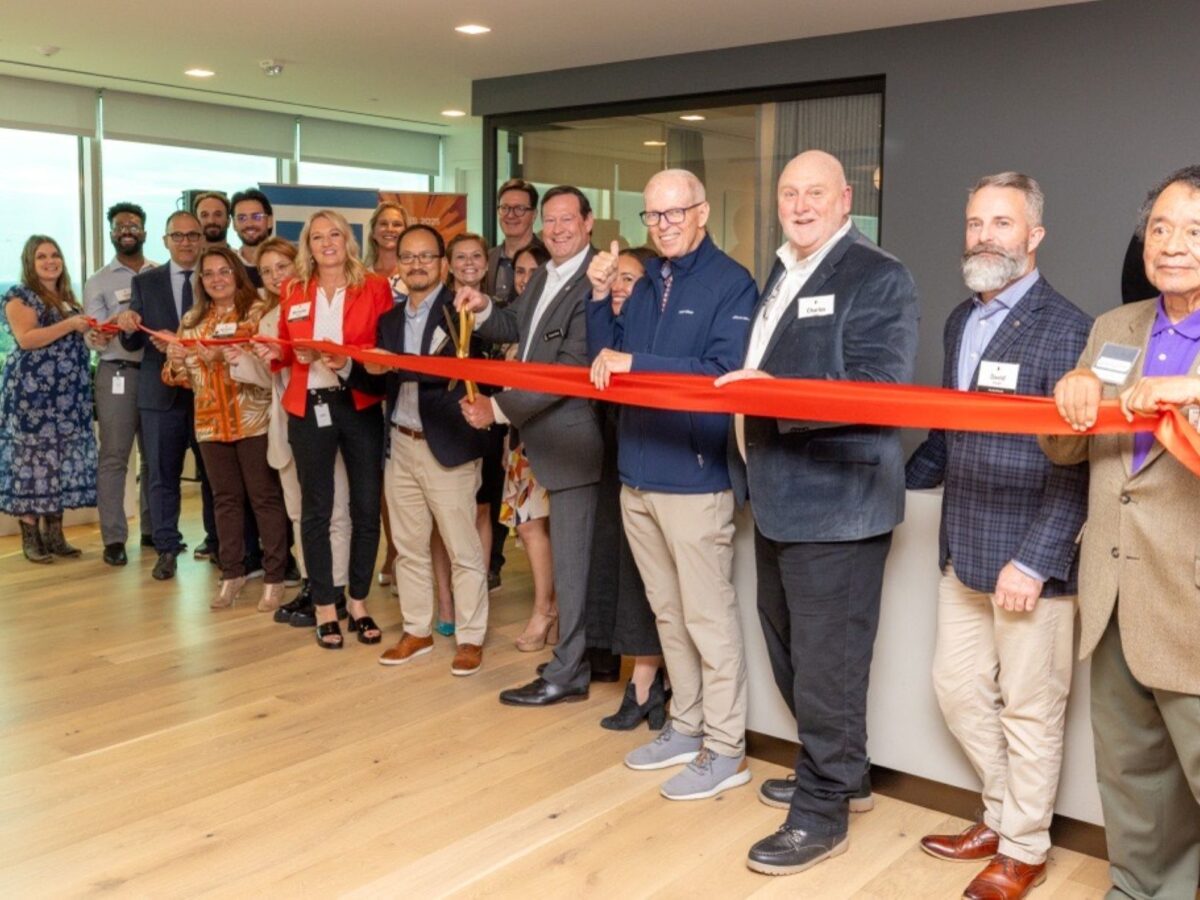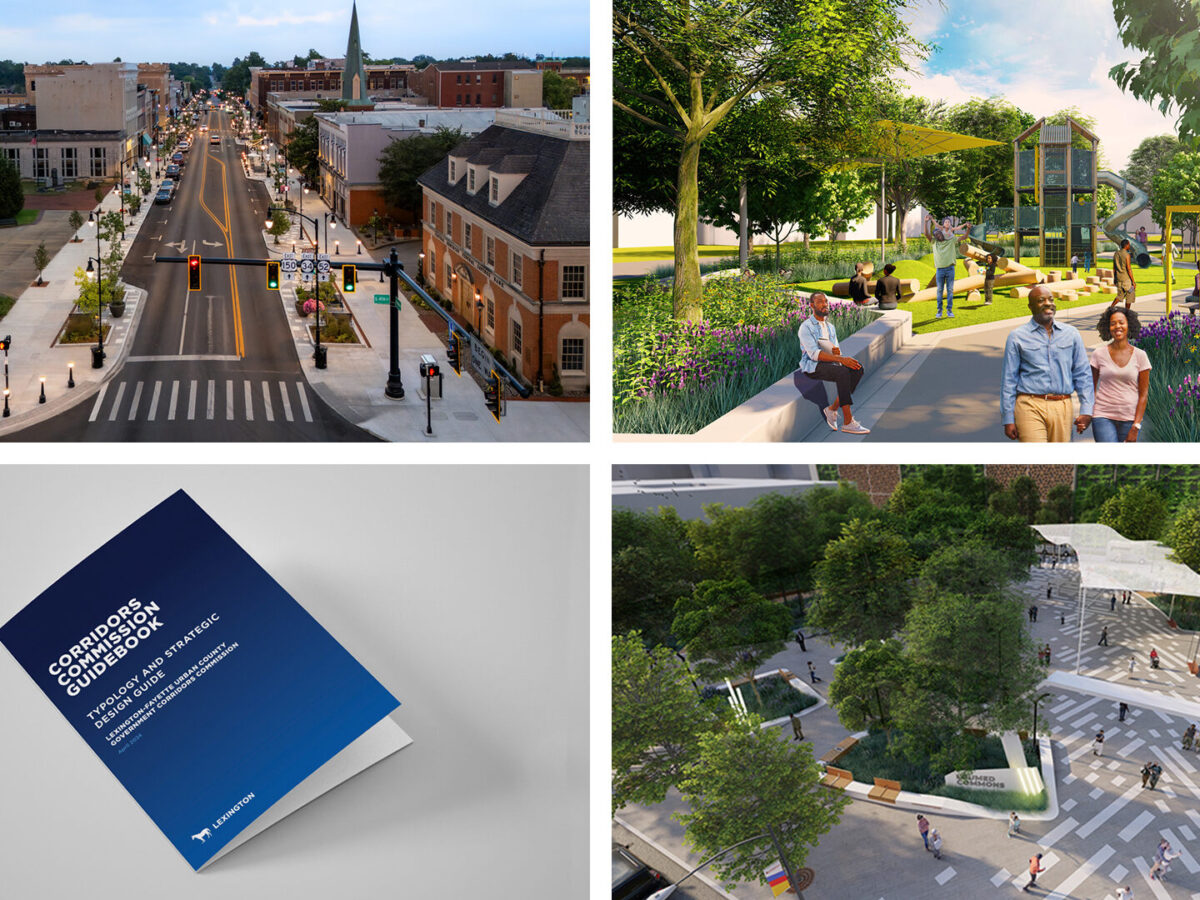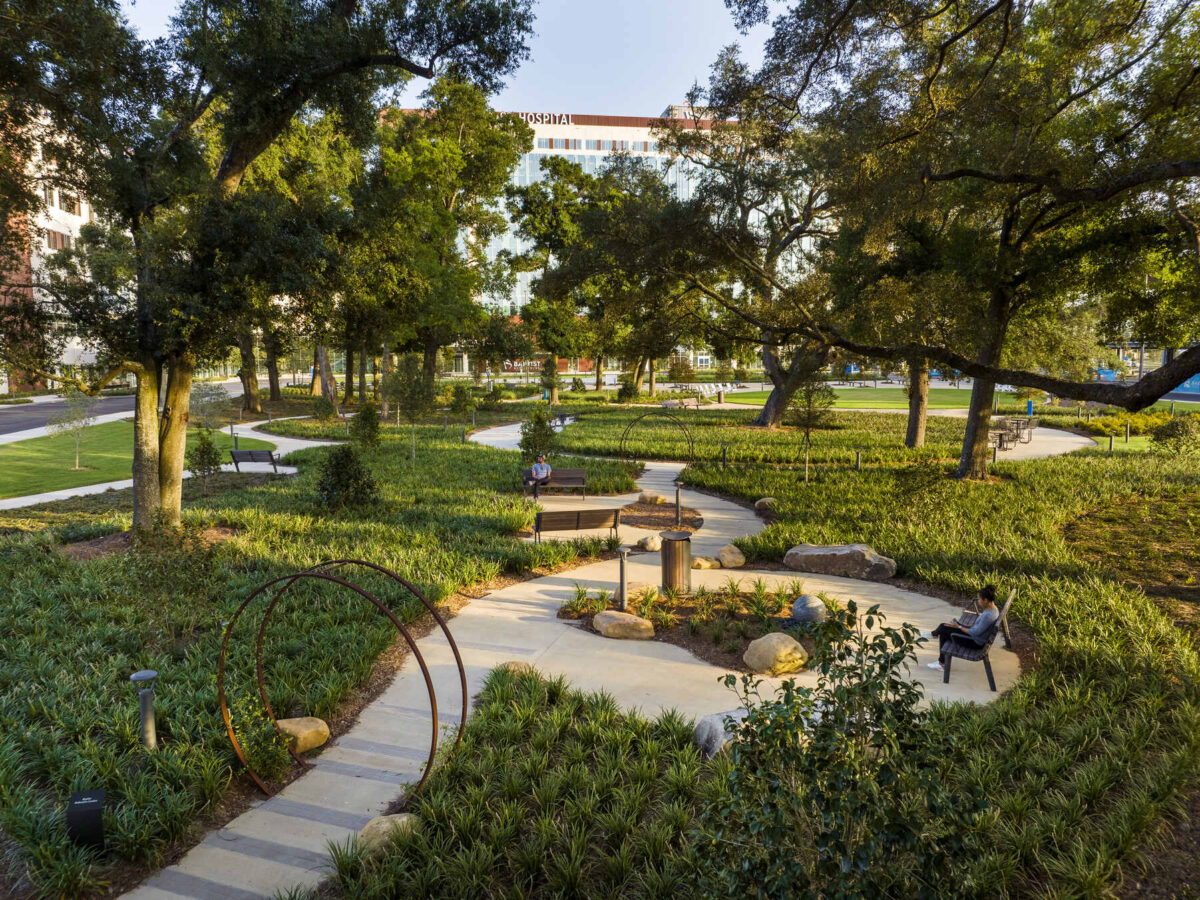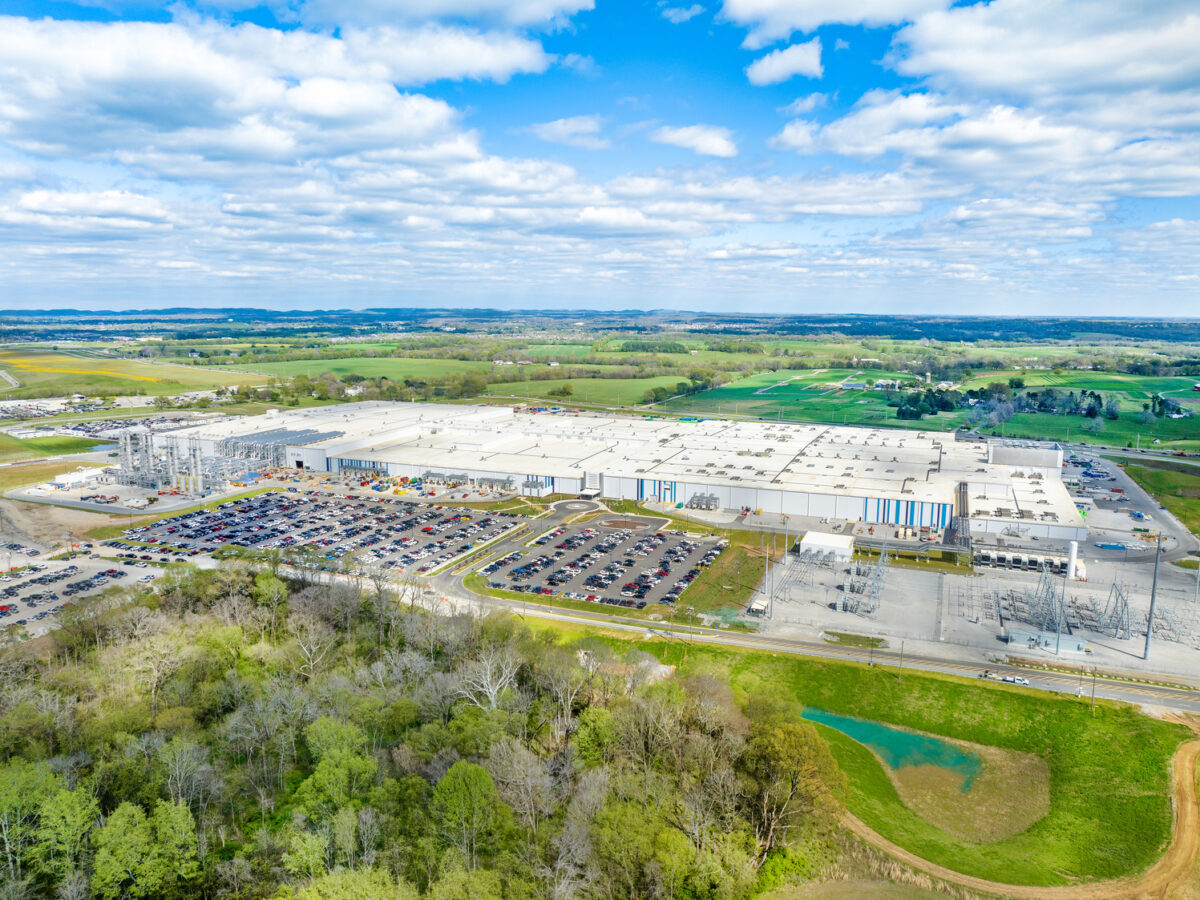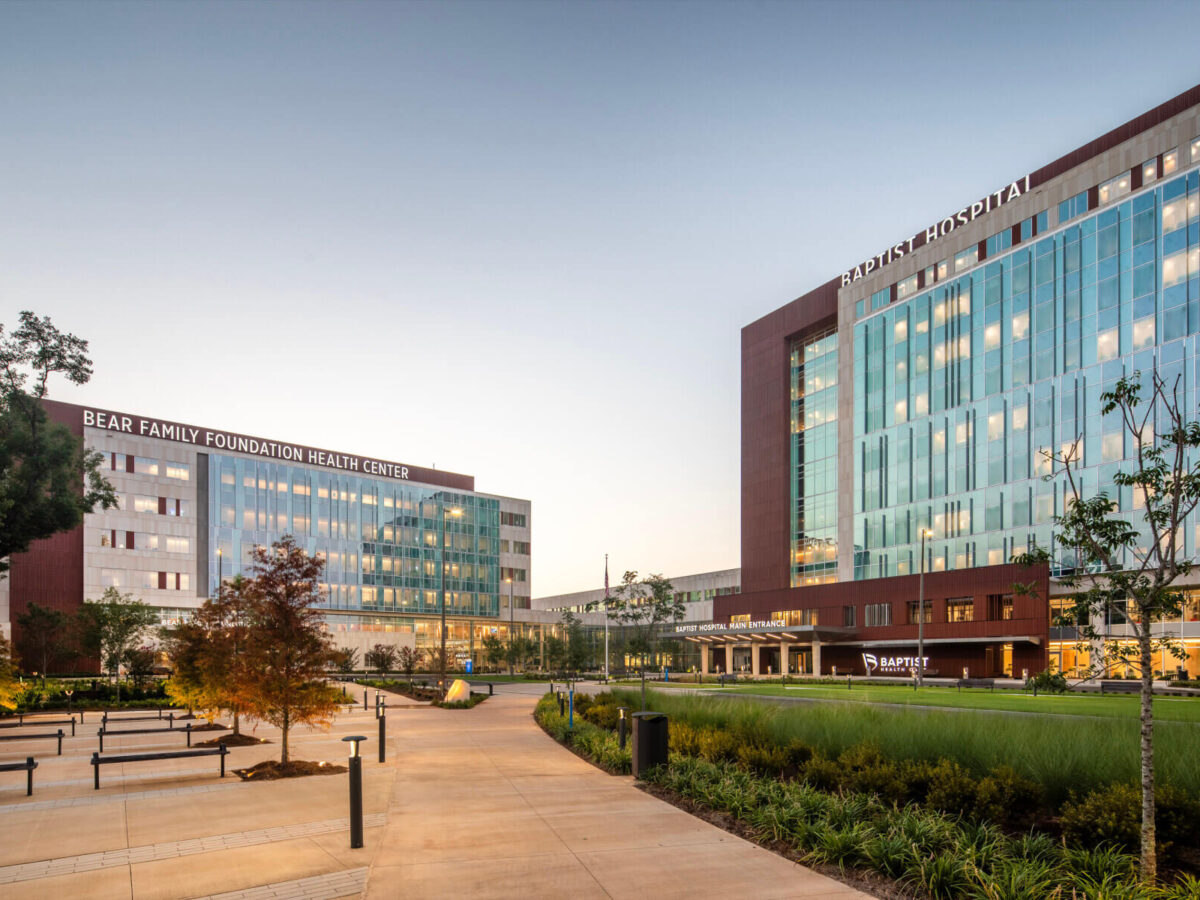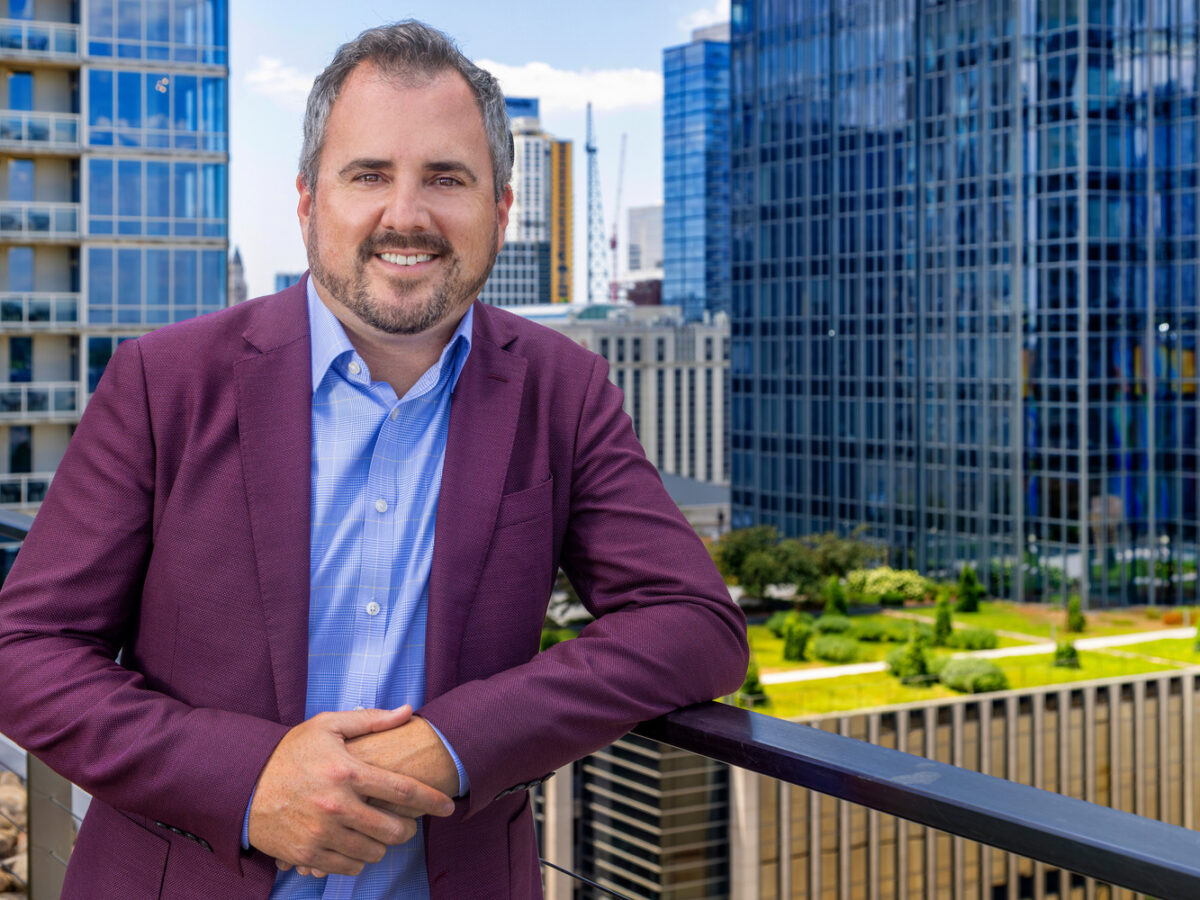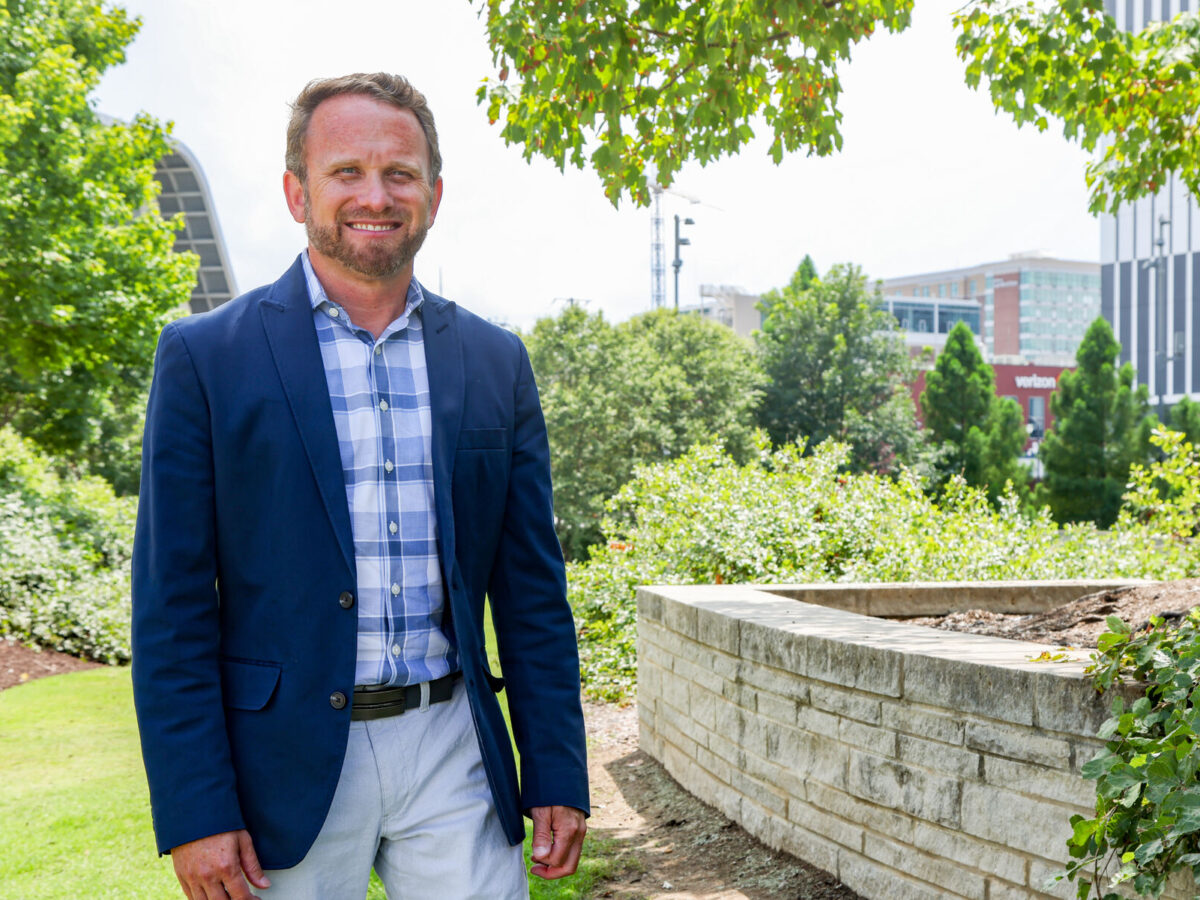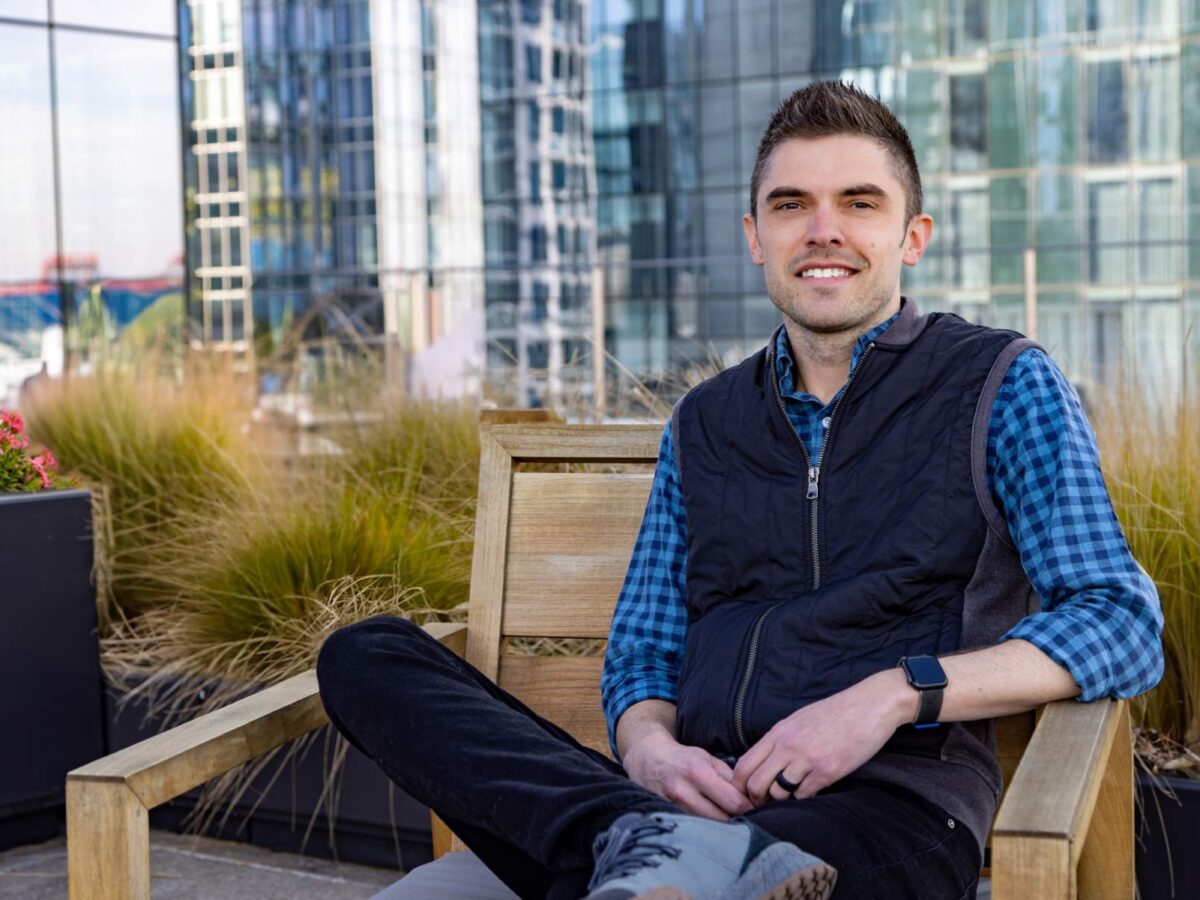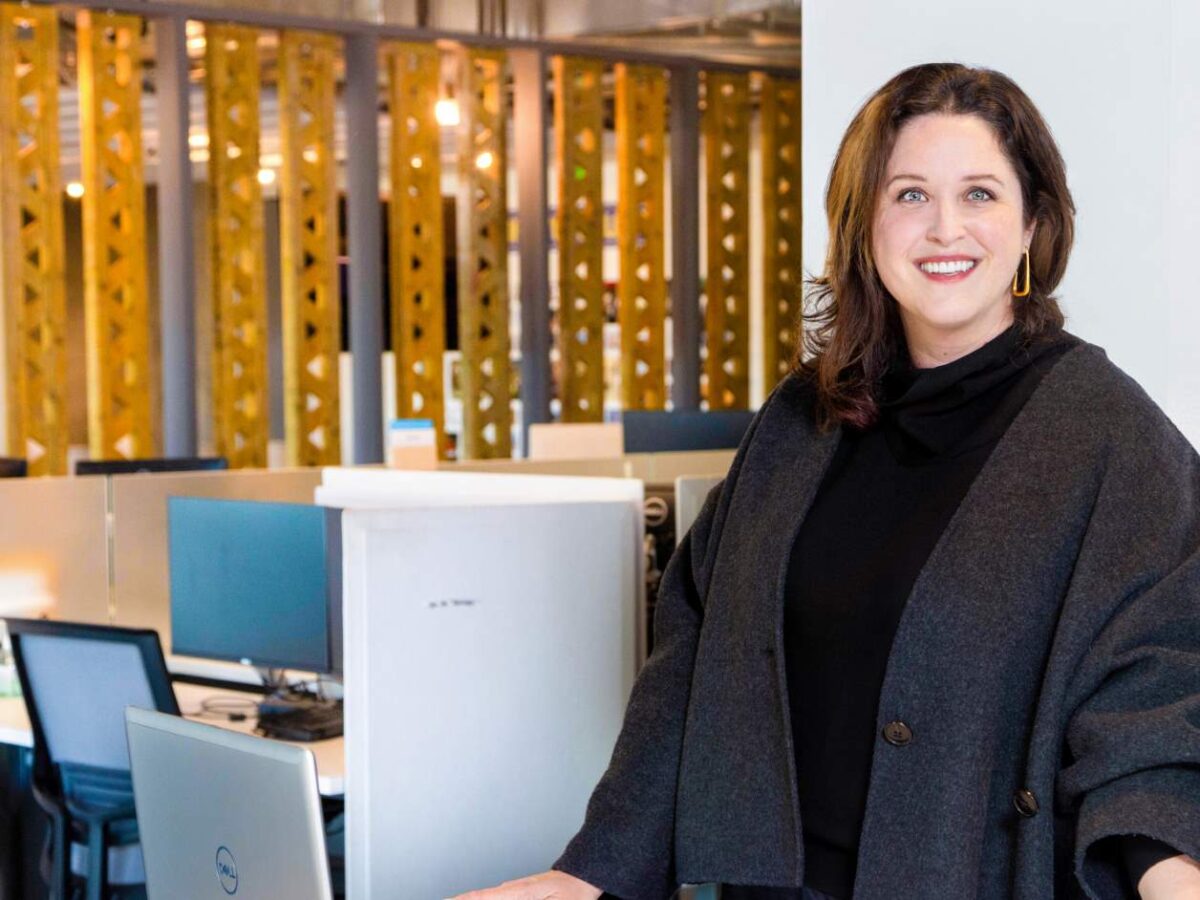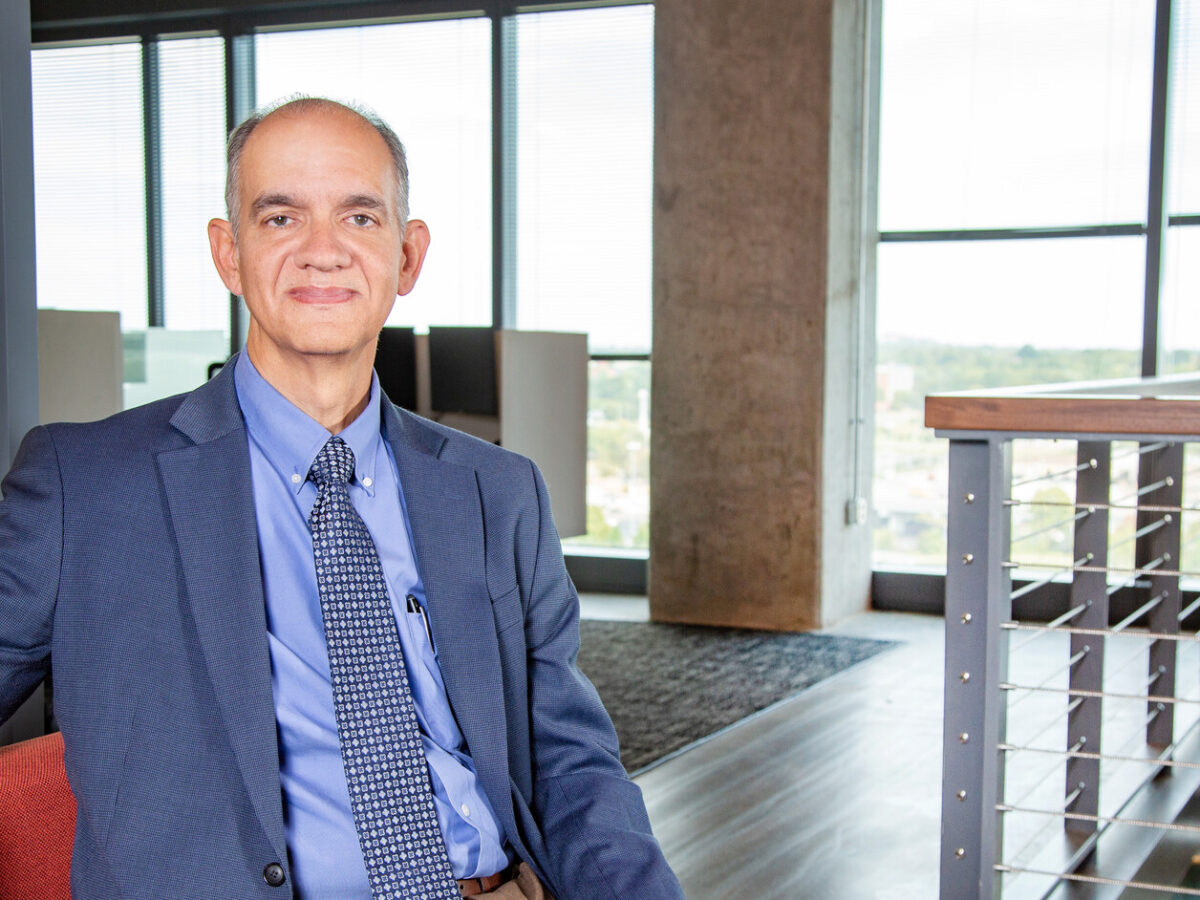Over the past 40 years, there has been a slow but radical realignment in how designers and communities interact to establish a vision for the future. This paradigm shift marks a departure from the top-down approaches of the past, moving toward a more inclusive, community-driven purpose. Today, the most successful urban design efforts balance the broader community’s needs with equity for individual neighborhoods and residents. In this blog, I explore how participatory urban design empowers communities to shape their own environments, fostering equitable and sustainable development.
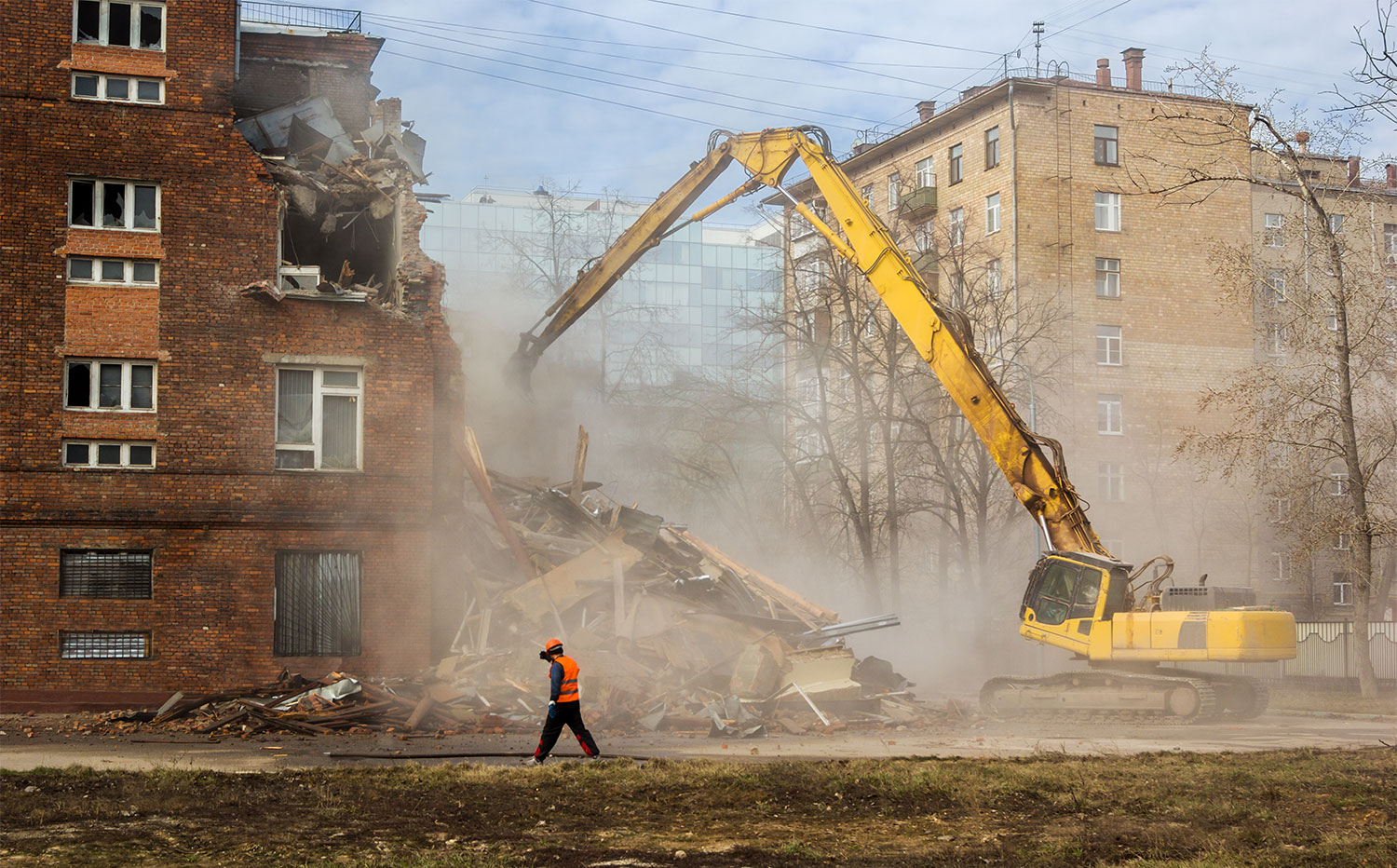
The Consequences of Top-Down Urban Planning
Historically, urban planning often operated under a hierarchical model, where a select few made decisions with little input from those who would be the most affected. While efficient in execution, this approach frequently resulted in marginalizing vulnerable populations. Infrastructure was developed and cities were transformed, but progress often came at the expense of disenfranchised stakeholders.
The career of Robert Moses, an influential urban planner and power broker, exemplifies a legacy that seems to have dual faces. His vision for New York City left an indelible mark on the urban landscape, reflecting the conventional wisdom of mid-century urban planning—a time when design and planning were perceived as the domain of a “singular genius,” a concept popularized by figures like Howard Rourke in Ayn Rand’s The Fountainhead.
On one hand, Moses’ tenure is marked by the implementation of landmark infrastructure. Yet, it’s widely agreed that his vision was also influenced by a focus on car culture and class interests that often led to exclusionary programs, displacing those who should have been the primary beneficiaries of public investments.
A pioneer of what would become known as urban renewal, Moses’ approach often replaced urban decay with a new form of social disruption. These urban renewal projects frequently targeted minority communities, destroying neighborhood cohesion and pushing residents further to the margins. While his legacy includes significant progress in the areas of infrastructure development, parks and recreation expansion, and public works projects, it also serves as a cautionary tale of the consequences of top-down urban planning.
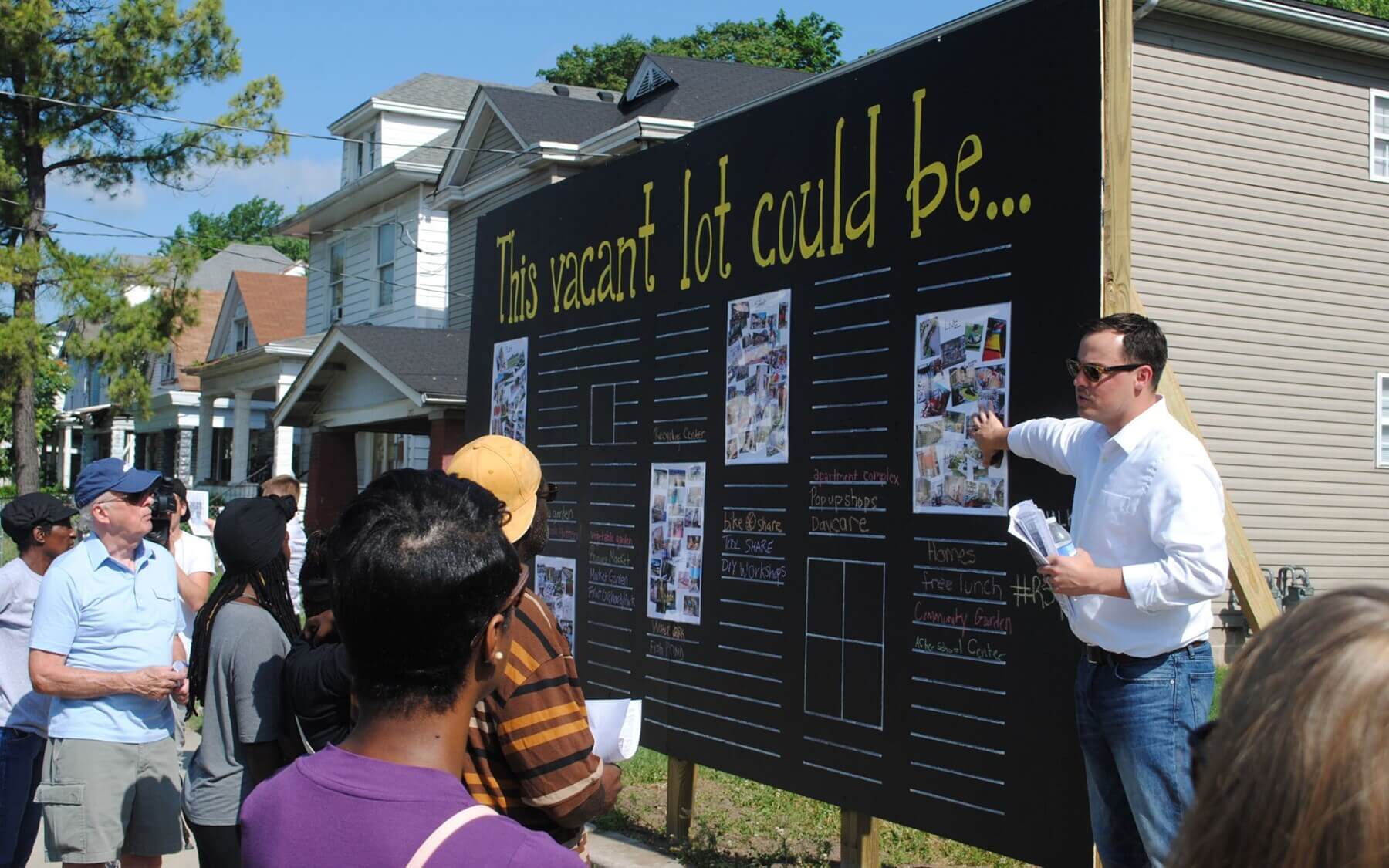
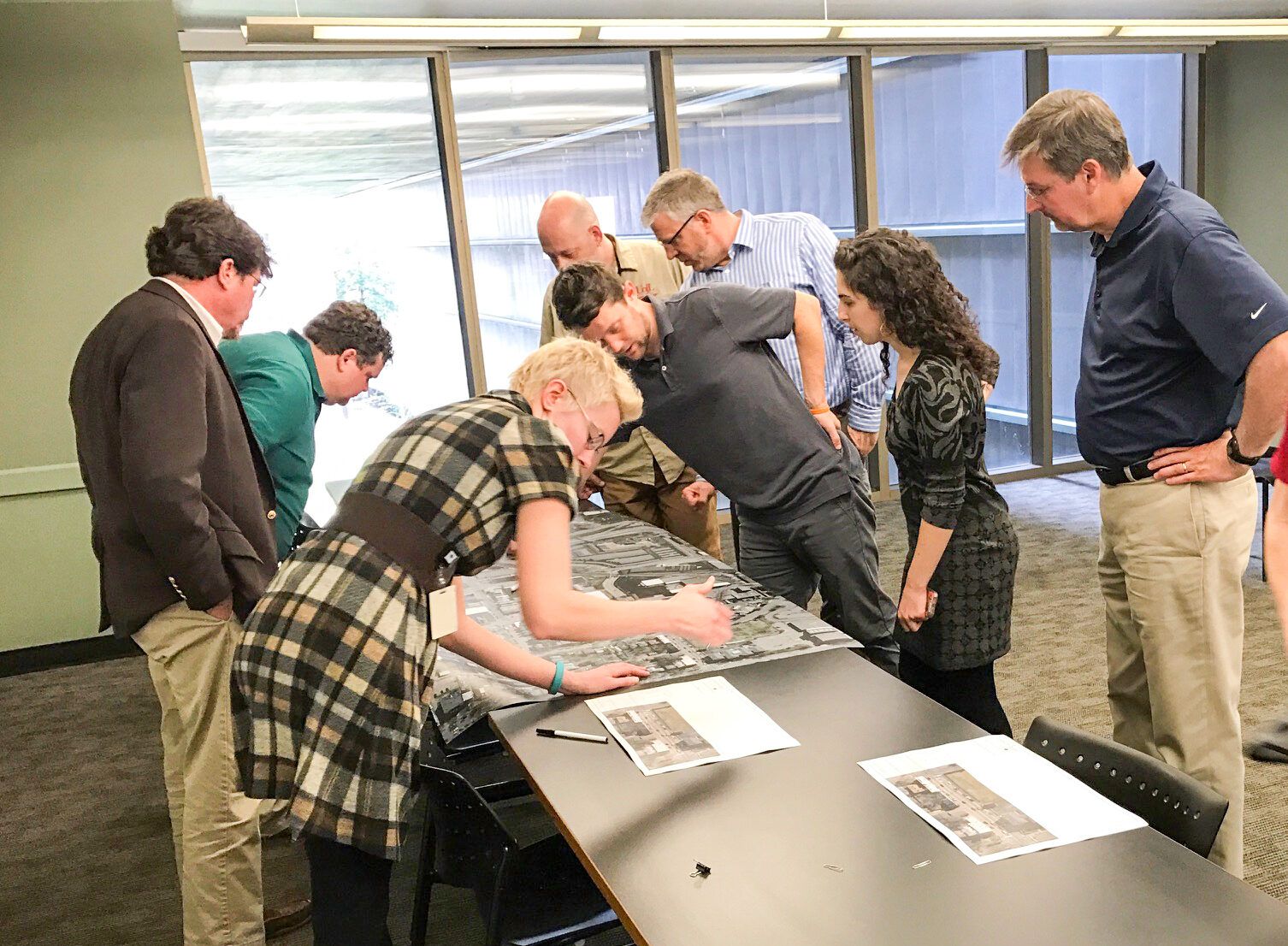
A Shift to Community Engagement
In contrast, Jane Jacobs, Moses’ celebrated opponent, championed a different perspective. Her observations on urban life, particularly her concept of “strips of chaos,” revealed an underlying wisdom in the seemingly disordered structure of cities. Jacobs argued that the symbiosis between residents and their urban environment created a unique, organic order that top-down planning often overlooked or destroyed. This criticism of mid-century urban planning reflected a growing recognition of the importance of community engagement and ownership in the planning process.
Today, Jane Jacob’s principles are more relevant than ever. Modern urban planning increasingly relies on robust community engagement, objective metrics, and thorough research into social and ethnic histories to collectively define goals and explore opportunities. This participatory approach not only empowers communities but also enriches the design process, leading to more sustainable, equitable and resilient outcomes.
As we celebrate World Architecture Day, it’s a fitting time to reflect on these evolving principles. The day reminds us of the transformative power of architecture and urban design in shaping our cities and communities. It also encourages us to acknowledge past successes while striving to improve our methods.
“Every building, every public space, is an intervention in a ‘living context,’ with the potential to either enhance or diminish a community’s quality of life.”
— Jeff Kuhnhenn, Director of Architectural Design
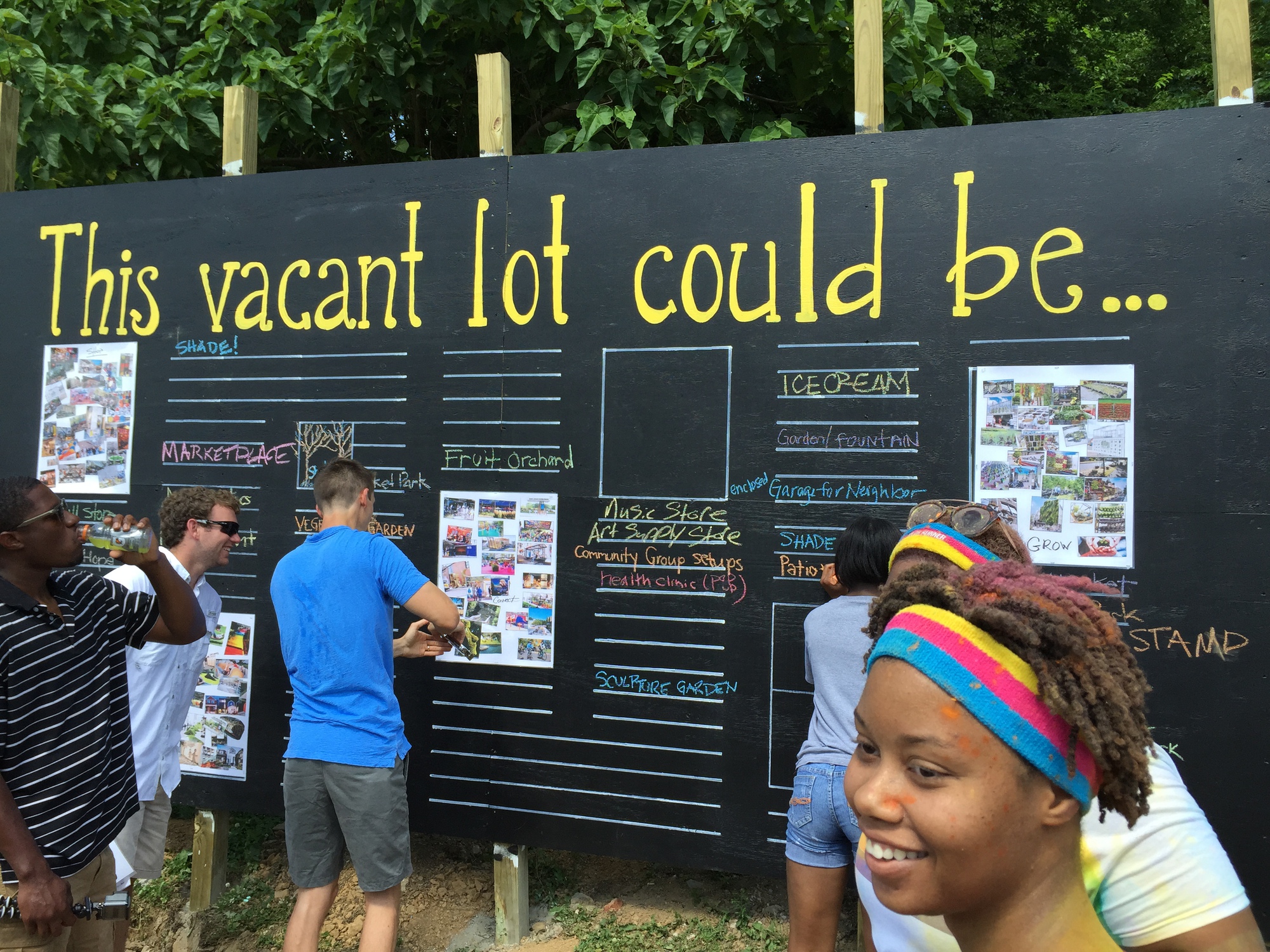
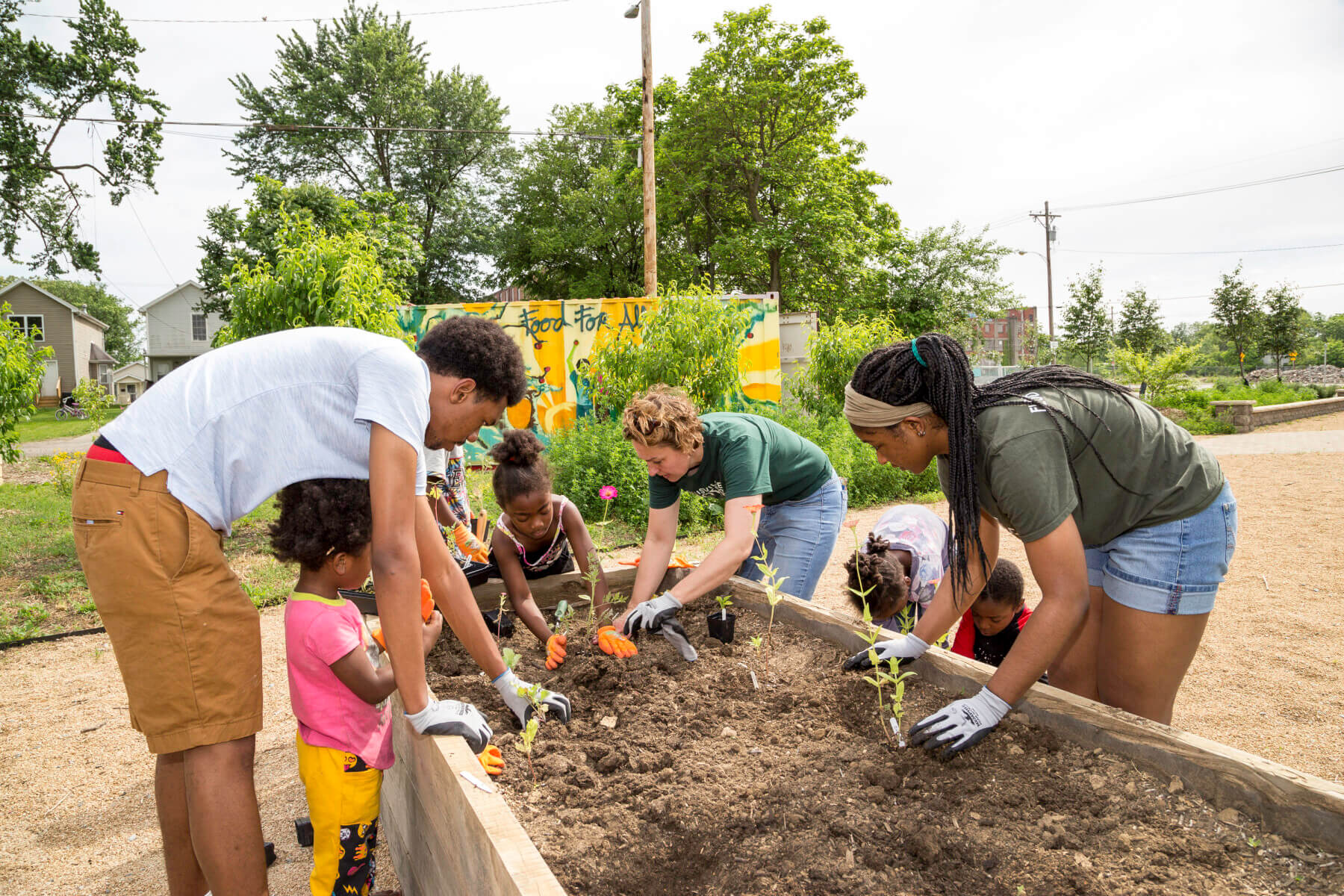
Embracing a Participatory Future in Urban Design
To further advance participatory design, we must expand our field of vision. This involves considering “the site beyond the site,” understanding the broader context of a project, and recognizing the interconnectedness of urban systems. It requires us to engage with community stakeholders at every stage of the process, ensuring that their voices are heard and their needs are addressed. Additionally, we must prioritize health, sustainability and resilience as core objectives of urban design, acknowledging that the well-being of communities is intrinsically linked to the built environment.
While past accomplishments in urban design and planning can be admired for their ambition and impact, it is crucial to acknowledge that the processes that led to these outcomes were not always ideal. Every building, every public space, is an intervention in a “living context,” with the potential to either enhance or diminish a community’s quality of life.
By embracing a more participatory approach, we can ensure that each project is an investment not only in its direct users but also in the larger community’s well-being. Empowering the next generation of designers to value and include diverse voices is essential for creating urban environments that are vibrant, inclusive, and truly reflective of the communities they serve.

